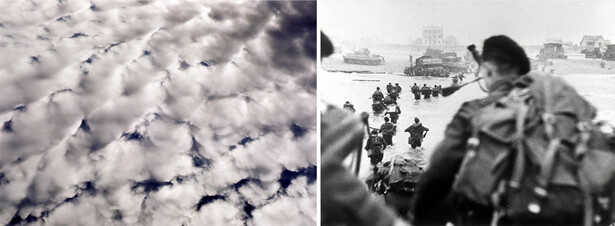February 5, 2014, 6pm
Shriver Hall, Johns Hopkins University
3400 N. Charles Street
Baltimore, MD 21218
February 11, 2014, 6pm
AV Center, Milton S Eisenhower Library
JHU Homewood Campus
3400 N. Charles Street
Baltimore, MD 21218
For more information, please contact:
Center for Art Design and Visual Culture
T +1 410 455 3188
Film Program in association with Visibility Machines: Harun Farocki and Trevor Paglen presented by the Center for Art, Design and Visual Culture at UMBC and the Center for Advanced Media at Johns Hopkins University
The Center for Art, Design and Visual Culture at the University of Maryland Baltimore County presents a two-night film program curated by Sonja Simonyi in conjunction with the exhibition Visibility Machines: Harun Farocki and Trevor Paglen.
Organized in collaboration with the Center for Advanced Media Studies at Johns Hopkins University, the program focuses on diverging cinematic representations of the military industrial complex. Expanding on the themes from the exhibition, Harun Farocki and Trevor Paglen were invited to each select a film that deeply influenced their thinking about war-making and image-making, a selection which will be paired with the artist’s own works on film and video.
February 5
Harun Farocki selects:
Overlord (Stuart Cooper, 1975, United Kingdom, b&w, 95 minutes, 35mm)
Inextuinguishable Fire (Harun Farocki, 1969, b&w, 21 mins, digital transfer of 16mm)
The 1975 film Overlord, chosen by Harun Farocki, places warfare in a fictional framework, evoking questions on the different ways in which archival footage can be incorporated into new filmic material to provide a thoughtful reconstruction of war. While Farocki does not approach the theme of war in a narrative context, issues relating to the visual representation of military strikes, and the formal strategies employed to construct such images, provide useful links to Farocki’s filmmaking as well. Meticulously researched, and using carefully selected footage from the film archives of the Imperial War Museum in Great Britain, Overlord follows a young soldier’s experiences of the Allied Forces’ D-Day invasion of Normandy during the Second World War. The striking aesthetic quality of the film was achieved by matching the archival material with live-action scenes shot with period lenses on old film stock. Overlord will be preceded by Harun Farocki’s seminal essay-film Inextinguishable Fire, which powerfully dissects the connections between napalm bombings during the Vietnam War and diverging corporate and industrial interests that lie at the basis of the chemical’s destructive use by the US Army. As the filmmaker suggests, links between production, labor, and the ultimate implementation of a given product in warfare have been successfully separated and obfuscated in contemporary capitalist society.
February 11
Trevor Paglen selects:
Ten Skies (James Benning, 2004, United States, color, 109 minutes, 16mm)
Drone Vision (Trevor Paglen, 2010, United States, b&w, 5 minutes, video)
Trevor Paglen’s selection, James Benning’s Ten Skies, shows the skies and the continuous shifts in cloud formations above and around Val Verde, a small town in California. A formally rigorous work, it documents the effects of the physical transformation of the landscape below, brought about by natural processes as well as marks of human intrusion into the setting, such as wildfires and industrial pollution. This poetic experimental film, displaying a series of static shots, provides evocative links with Paglen’s work, for whom the sky frequently becomes an abstracted sphere in which one can probe, and potentially detect traces of military activity. Importantly, despite the seemingly unassuming subject matter of Ten Skies, Benning has repeatedly highlighted its political significance as an “anti-war artwork … about the antithesis of war, the kind of beauty we’re destroying.” The screening will follow Trevor Paglen’s video Drone Vision, which shows images recorded by a momentarily aimless drone that were intercepted by the artist. The visual data reveals the machine eerily mimicking the wandering motions of human vision.
Visibility Machines: Harun Farocki and Trevor Paglen
This exhibition, curated by Niels Van Tomme, explores the unique roles Harun Farocki and Trevor Paglen play as meticulous observers of the global military industrial complex. Investigating forms of military surveillance, espionage, war-making, and weaponry, Visibility Machines highlights how the artists each examine the deceptive and clandestine ways in which military projects have deeply transformed, and politicized, our relationship to images and the realities they seem to represent.
On view at the Center for Art, Design and Visual Culture from October 24, 2013 through February 22, 2014. For more information, visit www.umbc.edu/cadvc/exhibitions/VisibilityMachines.
Admission to the film program and exhibition is free. Supported by the Andy Warhol Foundation for the Visual Arts, the Elizabeth Firestone Graham Foundation, the Institut für Auslandsbeziehungen, the Goethe-Institut Washington, DC, the Baltimore County Commission on Art and Sciences, and the Maryland State Arts Council.


